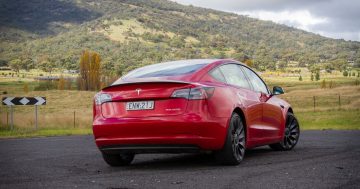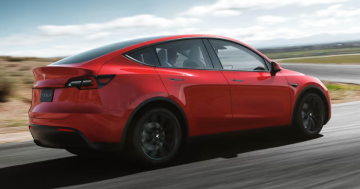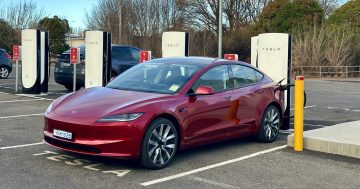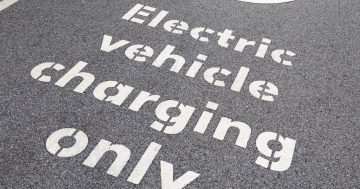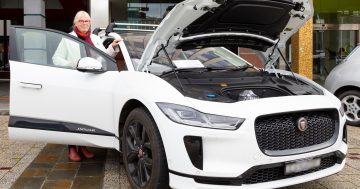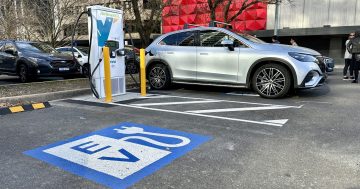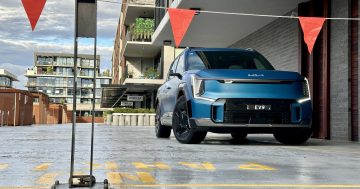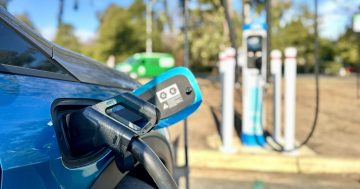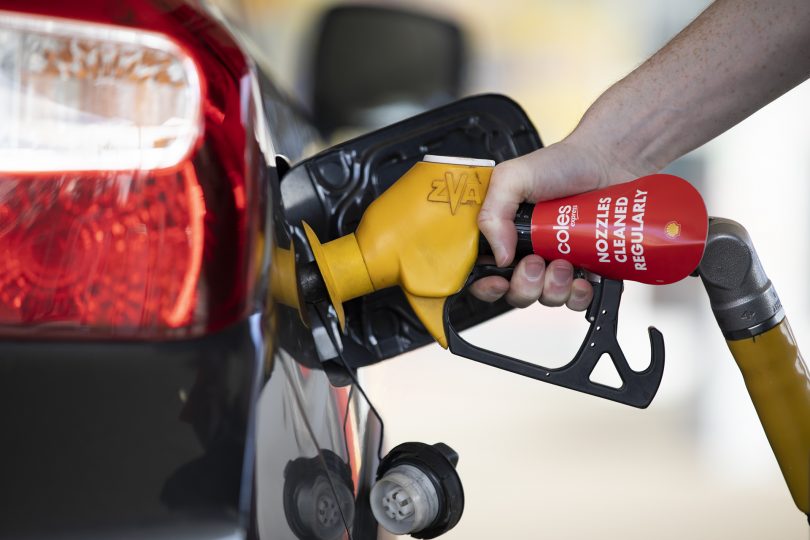
Filling up is destroying household budgets, but there is an alternative. Photo: Michelle Kroll.
It shouldn’t have taken the Russian invasion of Ukraine and the subsequent oil shock to show just how exposed Australia is to the economic mayhem that skyrocketing fuel prices can wreak.
The nation’s dependence on imported petroleum products, and the fact that we have only have three weeks’ supply before the fuel runs out if, for some reason, the tankers can’t get here, should have been preying on the minds of anyone responsible for national security.
The answer for many motorists is simple, and they would jump at it if the up-front costs weren’t so prohibitive.
Those who can afford it or are punting the plunge will be worth it are going electric.
Electric Vehicle Council figures in January showed sales of electric vehicles (EVs) in 2021 tripled to about 2 per cent of all cars purchased compared to 2020.
Hybrids have also become more popular in the last year, with conventional models (HEVs) making up 7 per cent of all new cars, SUVs, utes and vans bought in Australia in 2021 — an increase of 20.3 per cent on 2020.
It seems light years since the last federal election when Scott Morrison mocked Labor’s EV plan as wanting to destroy the weekend.
Since then, the government has decided to support the building of charging infrastructure but little else, although that might be about to change.
Last week it announced a $243 million package to develop a rare earth minerals industry in Australia. Apparently, we’ve got lots of the stuff, which are used in electric cars and renewable energy technology.
But the market is dominated by China, so there is an imperative in these fractious times to develop our own mining and refining industries that might also lead to new manufacturing, including batteries.
As incomes are eroded as motorists pay $2-plus a litre for fuel, and the extra costs cascade through the supply chains to drive inflation to levels that mean the cost of money is also going to rise, the government is pitching special one-off payments in Tuesday week’s budget to ease the pain.
It should also accept the ground has shifted on EVs and do all it can to hasten their adoption.
From a national security perspective, and that’s supposed to be the Coalition’s strength, the less exposed we are to the market and supply vagaries of oil, the better.
Not to mention the risks that global warming presents and is already visiting on Australia.
The switch to electric for passenger vehicles and green hydrogen for freight transport would slash emissions and mean cleaner air in our cities – and more money in drivers’ pockets.
The states and territories – and the ACT is the most generous – have a range of rebates and incentives for buying EVs, but the Federal Government, which really has been a laggard, can make the difference.
A package of tax incentives, converting the government car fleet to feed the second-hand market, removing the 5 per cent import tariff on some EVs, and introducing a fuel efficiency standard to encourage car makers to bring more models to Australia would all make sense.
Mr Morrison said three years ago he wanted drivers to have choice, but with Australians burning money every time they fill up, many have made up their minds.
They just need to see a greater range of EVs, more competition, and that initial price barrier to fall.
But under the government’s current approach, that transition will be too slow.
Now is the time for it to press the accelerator on EVs and the industries that will support them and not waste more time.
This time it would be a vote winner.












